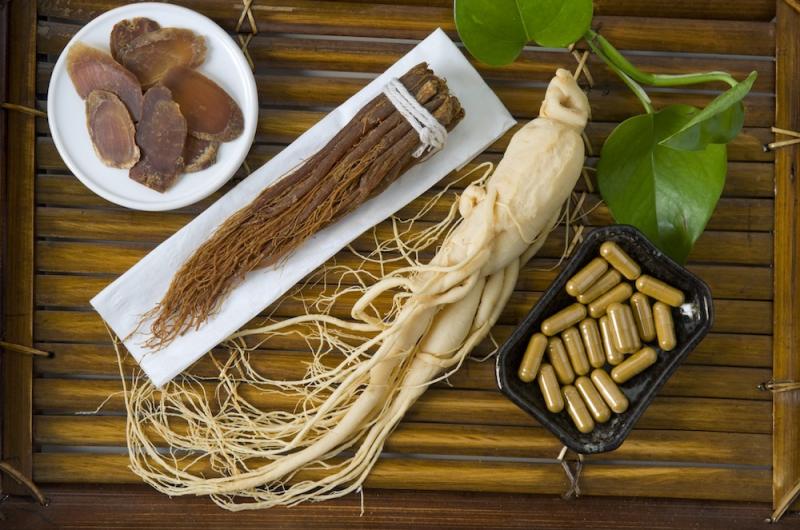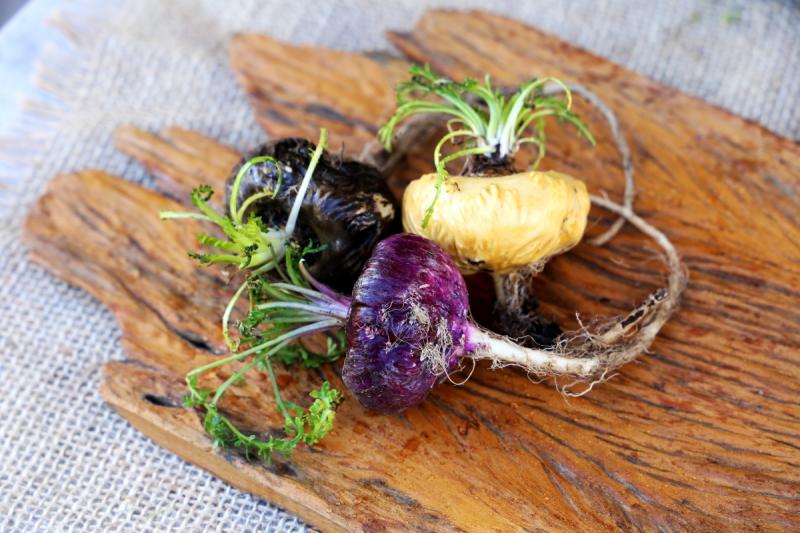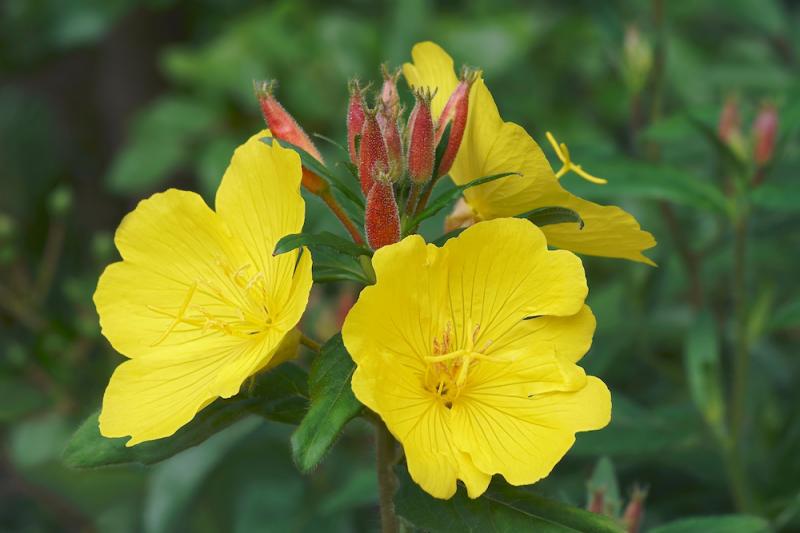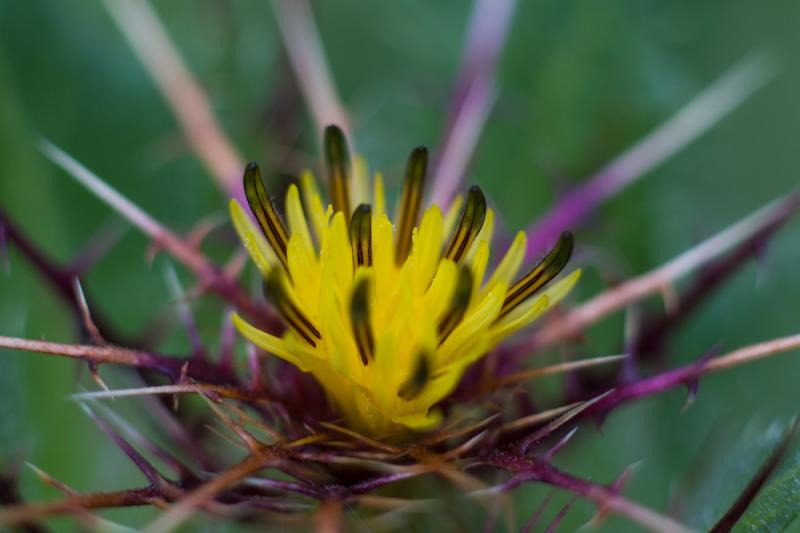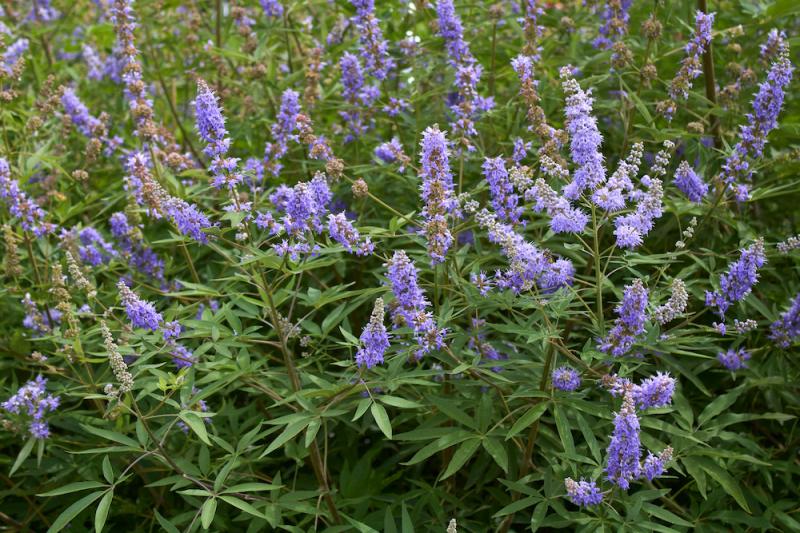- December 20, 2022
Asian and American Ginseng
Highly prized as a health tonic in both North America and Asia, ginseng can help the body cope with stress and counter the effects of aging, aid reproductive hormones, boost immunity, and more.
- December 13, 2022
Blue Cohosh
Also known as squaw root or papoose root, blue cohosh is a Native American herb that is important tool in aiding childbirth. It is a strong medicine that has an oxytocic-like effect stimulating uterine contractions.
- November 29, 2022
The Healing Properties of Evening Primrose
My earliest knowledge of field botany came directly from trying to identify plants in the wild. With no formal training in botany, and only relying on various field guides, even when I didn’t know the plant I was seeing, I gradually came to recognize members of various plant families. One of the families I learned to spot early on was the evening primrose family. Later, when I took a field botany course at the University of Utah, I learned the botanical language to describe the characteristics…
- November 22, 2022
The Benefits of Blessed Thistle
Often cursed as a weed, blessed thistle is valuable remedy for nursing mothers, balancing hormones, liver cleansing, and aiding digestion.
- November 15, 2022
Chaste Tree (Vitex)
An herbal remedy for balancing male and female hormones, chaste tree (vitex) can help with PMS Types A & H, dysmenorrhea, perimenopause, breast pain, uterine fibroids, and other female problems. And it can also help reduce an overactive male sex drive and teenage acne.
- November 8, 2022
False Unicorn
A powerful remedy for balancing female hormones and preventing miscarriage, false unicorn is an important herb that is at risk of being overharvested.
- November 1, 2022
Meadowsweet
Meadowsweet contains natural analgesic compounds and aspirin even gets its name from the old genus name for these plants, Spirea. But, while meadowsweet has been used for headaches and arthritic pain, like aspirin, it has some very different properties. Unlike aspirin meadowsweet is actually soothing to the stomach making it a good choice for pain in the stomach or the intestines.

